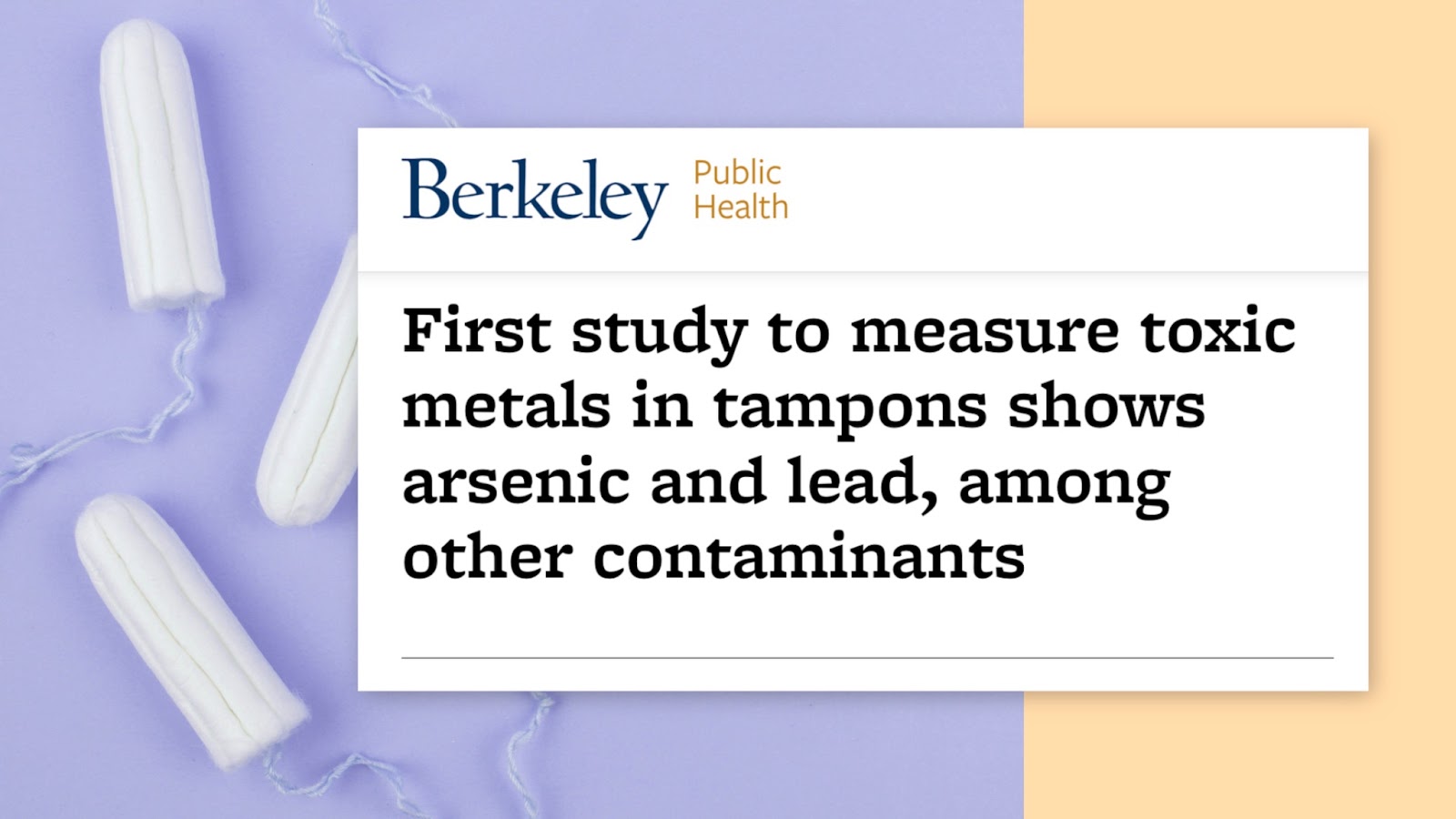Welcome back to the Dr. Rich channel. Today’s topic is what’s the number one question I get about urogynecology. And that question is what is a sling anyway, and is it a good mesh or a bad mesh? Make sure to stick around to the end, to find out how you can avoid the bad mesh.
Don’t have time to read this blog post? Watch it here instead!
Hi, I’m Dr. Rich and my passion is to provide every woman with practical knowledge about the world of women’s health. Question number one, what is a bladder sling? Well, bladder sling is actually a misnomer. It’s not an accurate categorization of what the procedure is. Uh, the sling itself is a tiny strip of interwoven, permanent suture material that rests underneath the urethra.
The urethra is the tube that goes from the bladder to the outside and allows you to pee. When the urethra becomes weak, the tissue becomes damaged typically during prolonged labor, childbirth, forceps deliveries, chronic smoking, and other risk factors.
This damages, the tissue, the urethra then becomes weak and the muscle that holds the urine in, cannot hold it in well, because the urethra is hypermobile alert moves around in the body too much resulting in incontinence with certain activities, such as coughing, sneezing, lifting, laughing, bending, jumping, sexual activity.
Now the incontinence sling restores the normal mobility, and it forms a backboard against which the urethra can compress during Al salvage or a cough and prevents that leakage from occurring slings has been around for over 20 years. They’re considered the gold standard for treating stress incontinence and they’re very safe and very effective.
Now the sling itself is a mesh. So what is a mesh? Well, you could think of it as a screen on a window where you have a material and in this case, it would just be a permanent suture and they’re cross-linked together. It’s very small somewhere around five, six centimeters in length, and essentially it forms a scaffolding or a hammock. If you will, below the urethra, um, people call it a bladder sling. It really has nothing to do with the bladder. It’s not, um, uh, in or around the bladder. It actually just cradles the rethread. Now slings are the most common choice for incontinence surgery because they’re the fastest easiest to perform, uh, with a high safety profile.
There are other types of non-metallic incontinence, surgeries, um, Birch suture, suspension, urethral, bulking, and a fascial sling, which we’ll talk about at another time, but it is important to understand what meshes and how it got a bad name. The mesh incontinence slings come in three varieties, one that cradles the urethra, like a hammock one that sits under the urethra and a mini sling. And these are all very popular. In fact, the most common surgery for stress incontinence. They’re common because they’re easy to do have a very high success rate and a very good safety profile.
There are other types of surgeries that don’t use mesh for incontinence. There’s a Birch suture, Pepsi, a urethral bulking, and a fascial sling.
So why are mesh slings the most popular choice? Well, this goes to our next question. What is the bad mesh?
And the truth is there is no bad mesh. There was a type of surgery that has nothing to do with incontinence, had to do with vaginal prolapse where a large piece of the match, not this little tiny strip of mesh, but a large piece was placed underneath the skin to hold up the entire bladder for the treatment of bladder prolapse. Now, this device came out in 2005 and 2008. There was a safety communication by the FDA stating that there were some complications and another one in 2011 that said that it wasn’t in fact rare.
So the same material the mesh material when used in a different way, had a high risk of complications, but mesh, as it has been used for over two decades for incontinence has nothing to do with a bladder prolapse repair and has the various very high safety profile.
Now, that being said, can you get a complication with an incontinence sling mesh? Of course, you could get, a complication with any surgery. The take-home lesson here is the risk of complications. Although they’re specific to be incontinent, slings are no higher than any other type of surgery, even without mesh, and as promised, how do you avoid the bad mesh? Well,
Truth be told in 2019, the FDA issued a stop-sale and manufacturing sure. Order for Vaginal prolapse mash or bladder lifting mesh, it is not available and cannot be done. So you don’t have to worry about it. At least in United States. It is no longer available. Thank you for watching and make sure to share this video. If you found it helpful.




